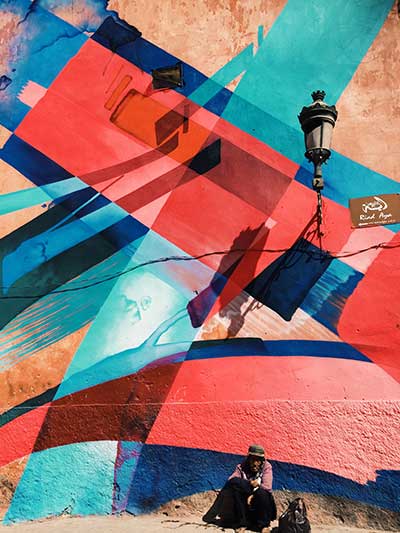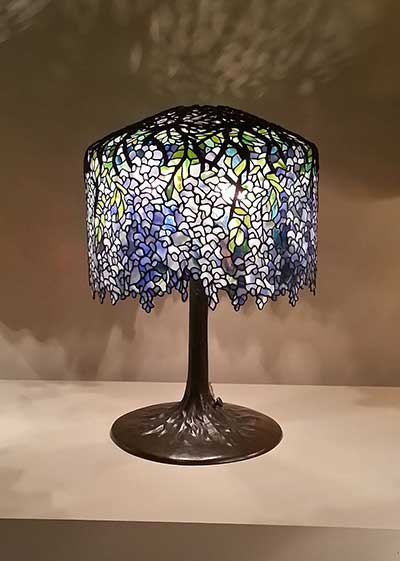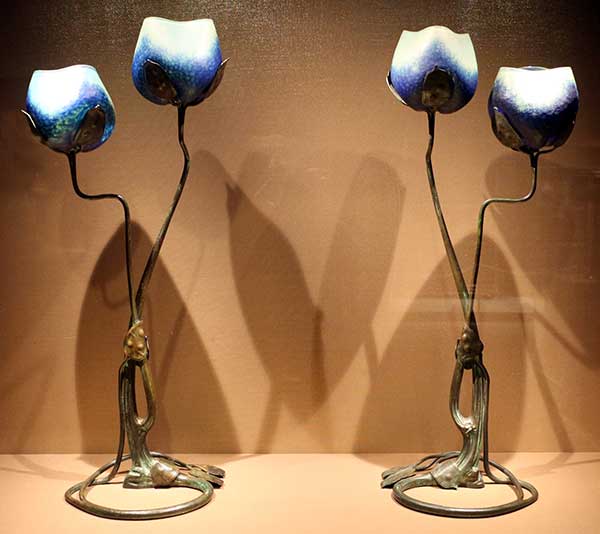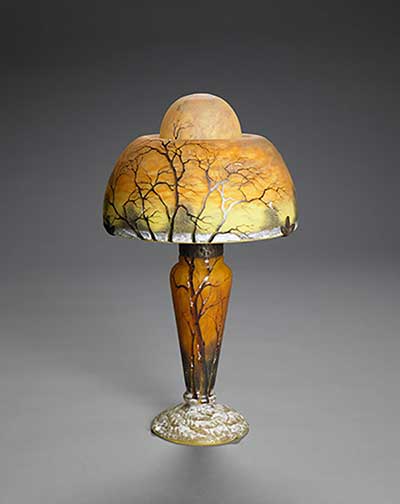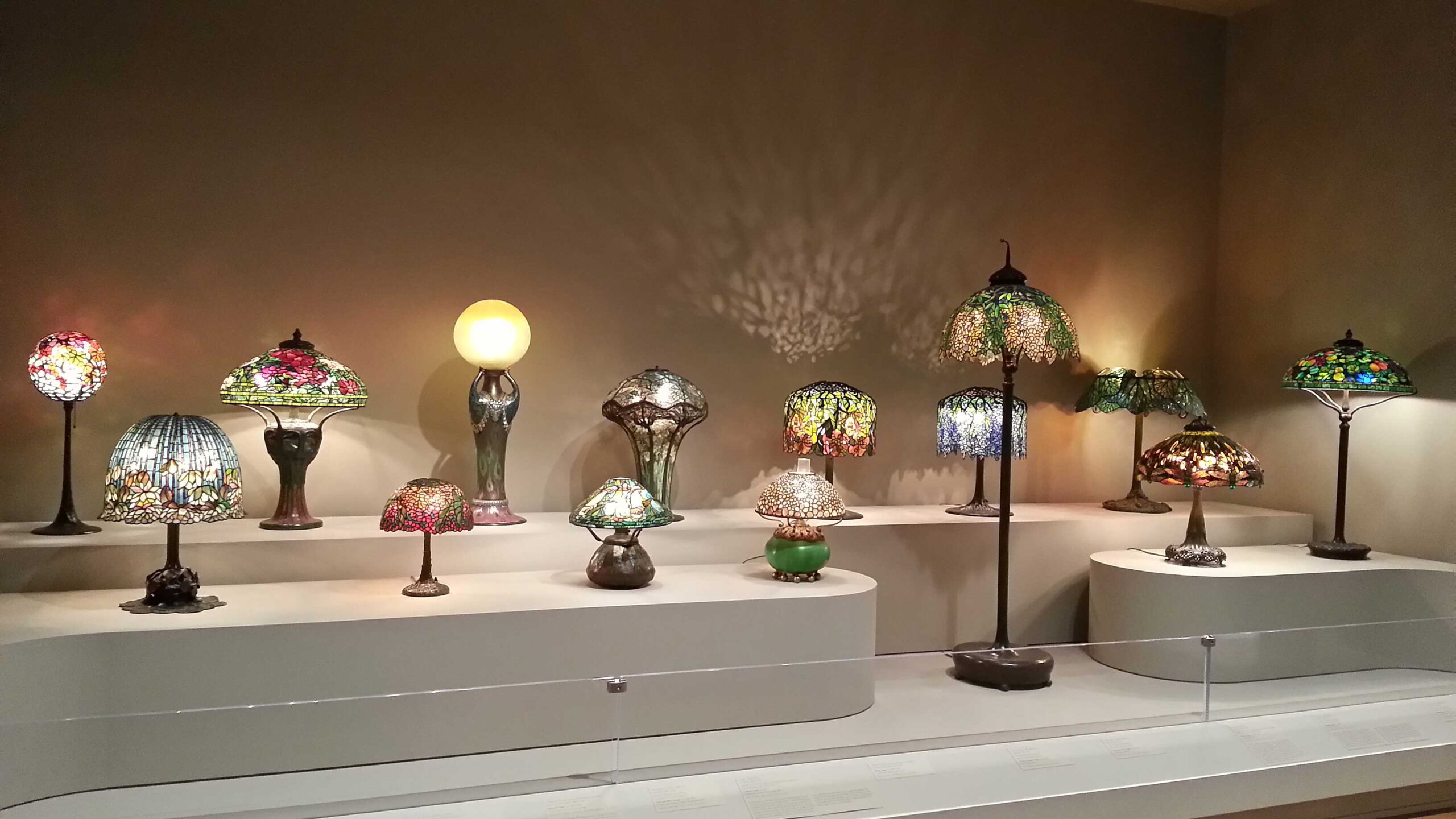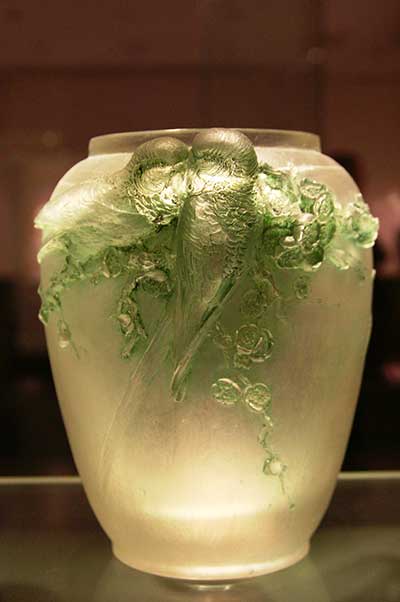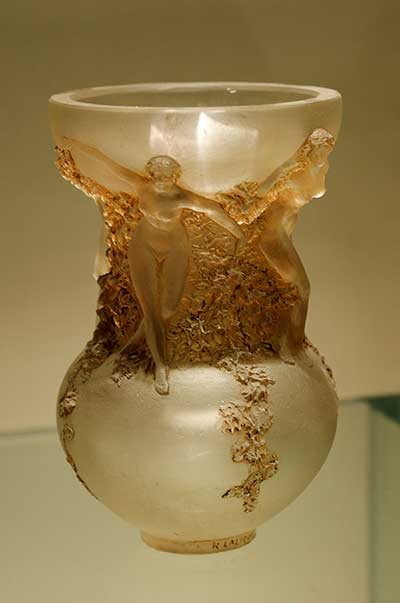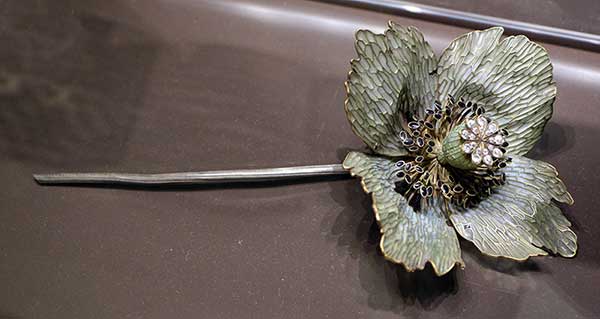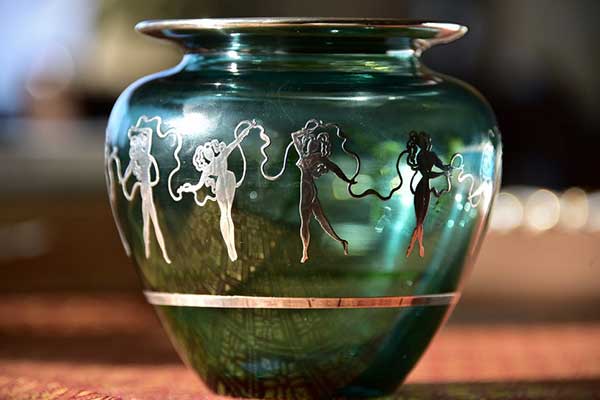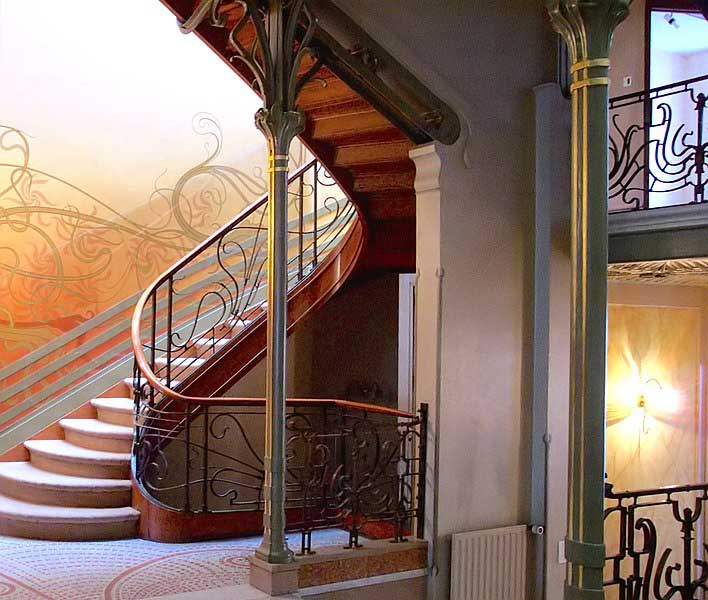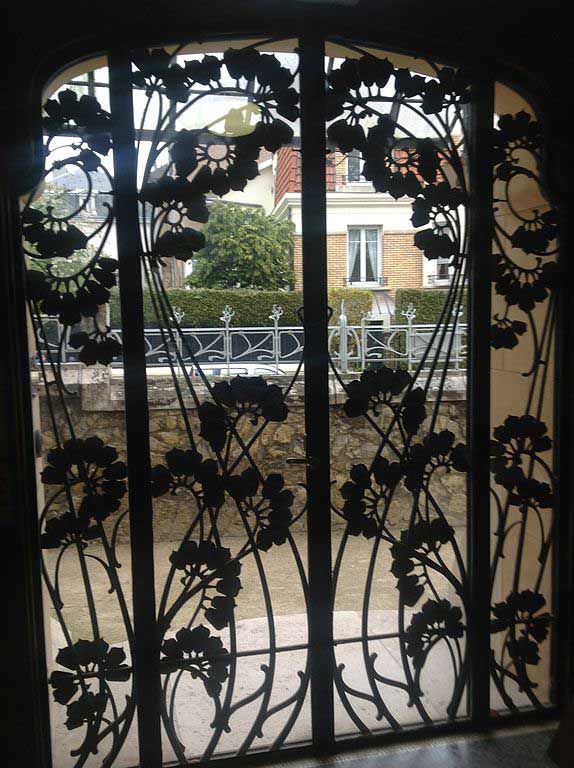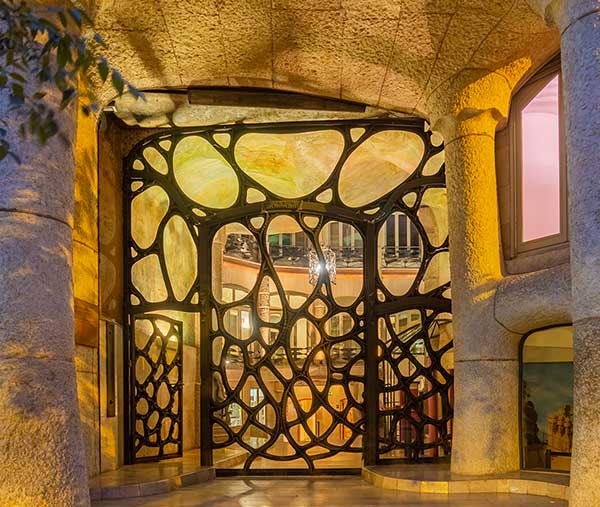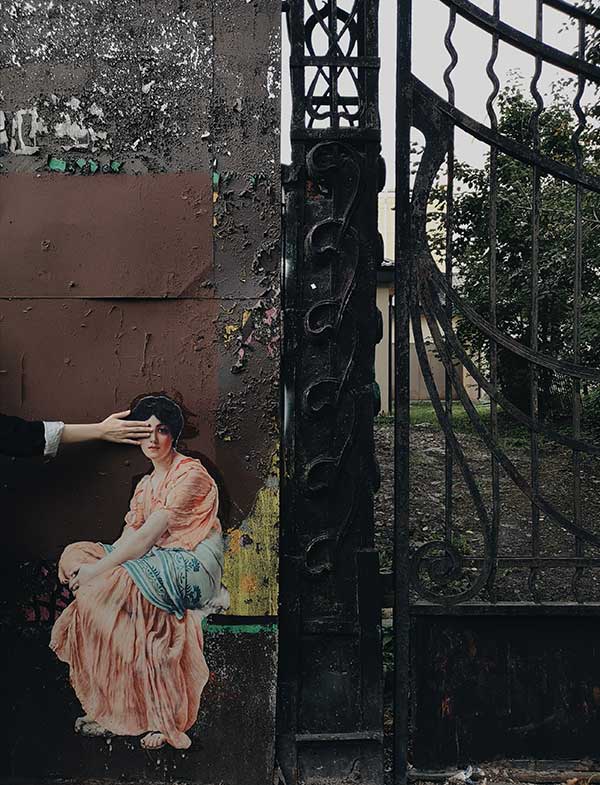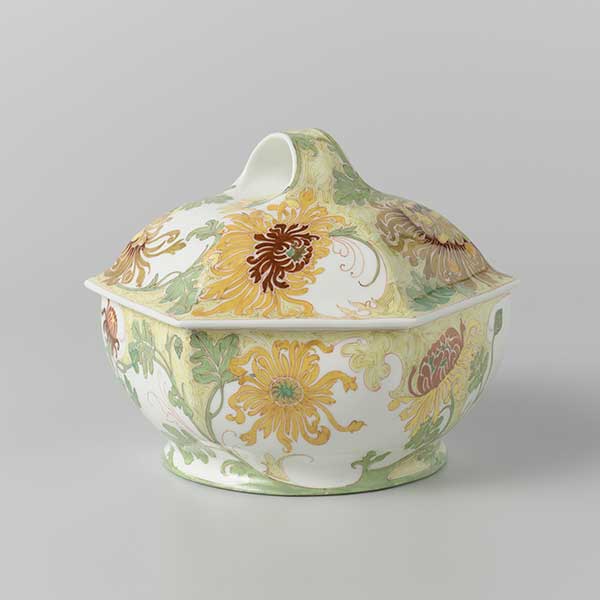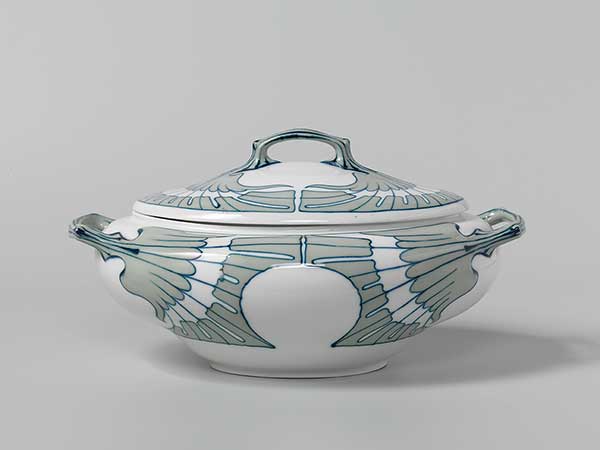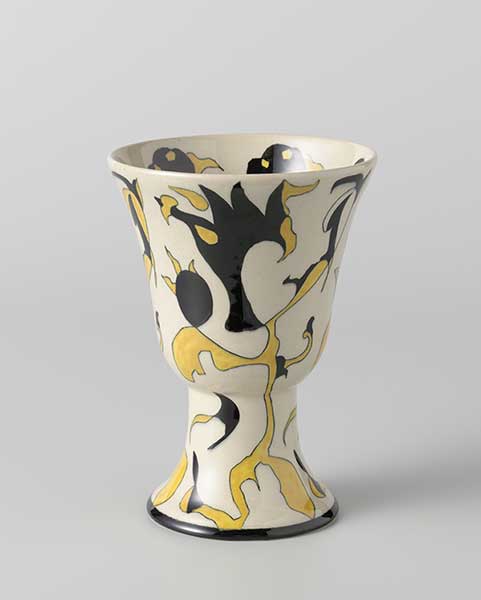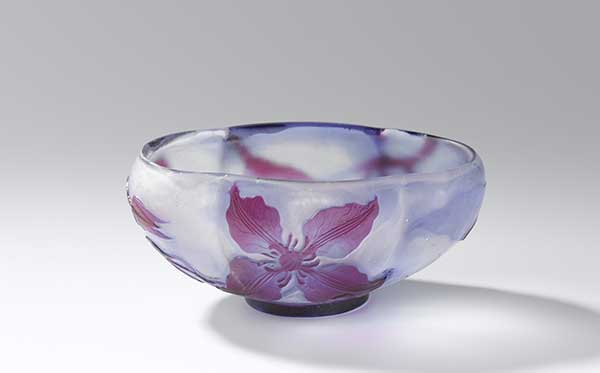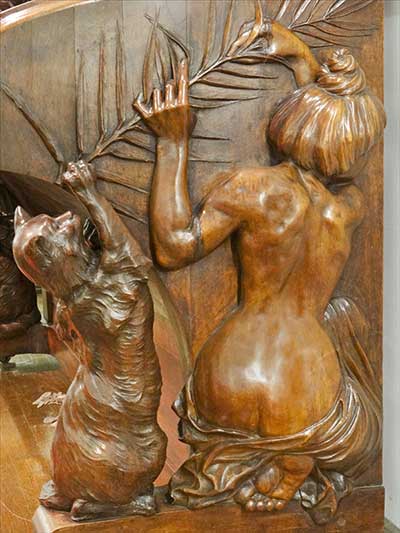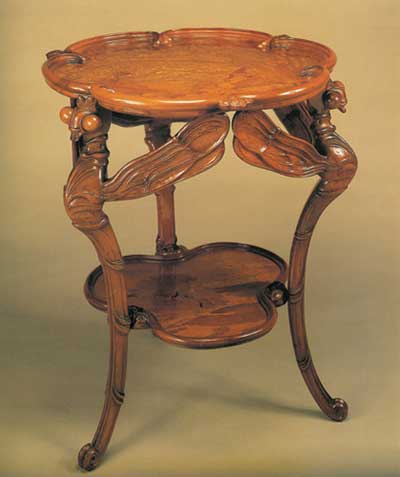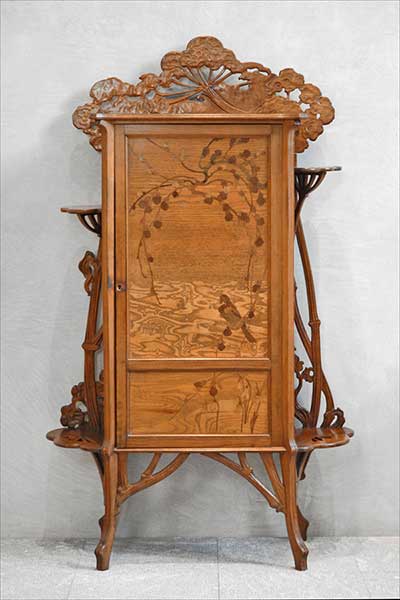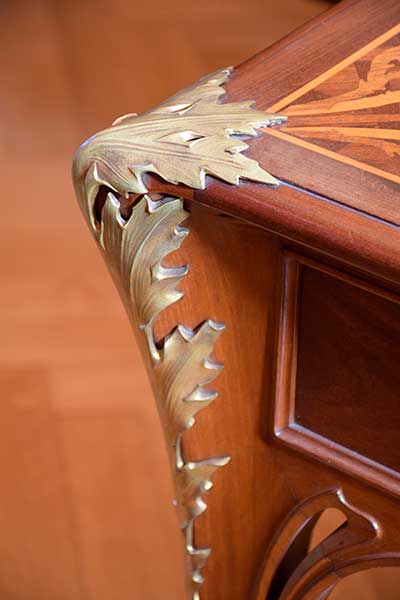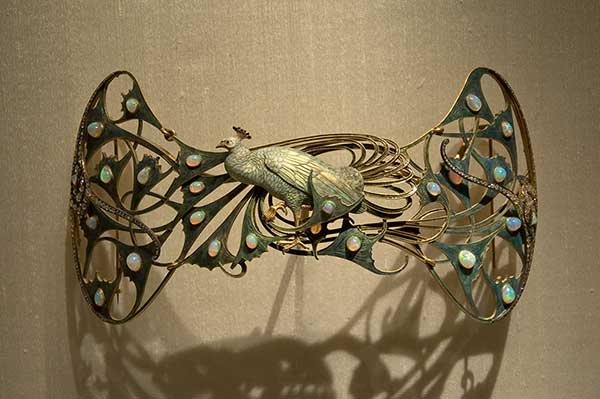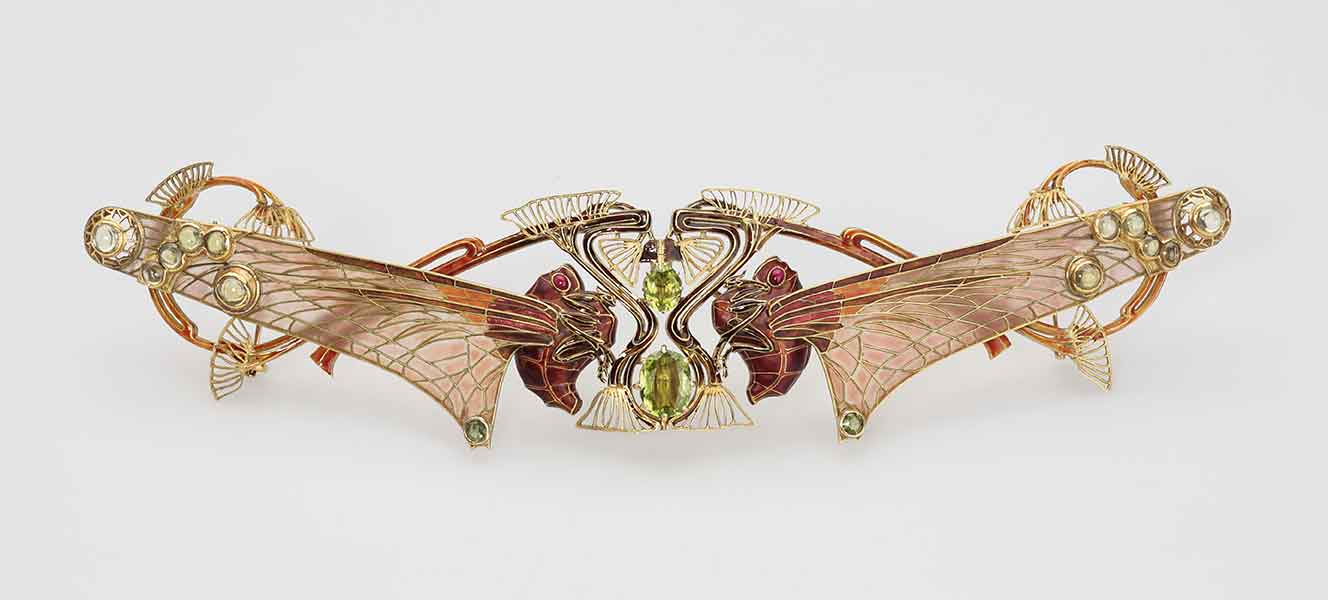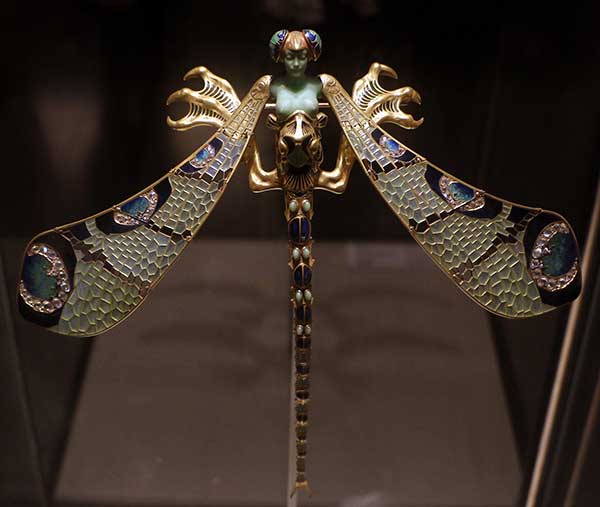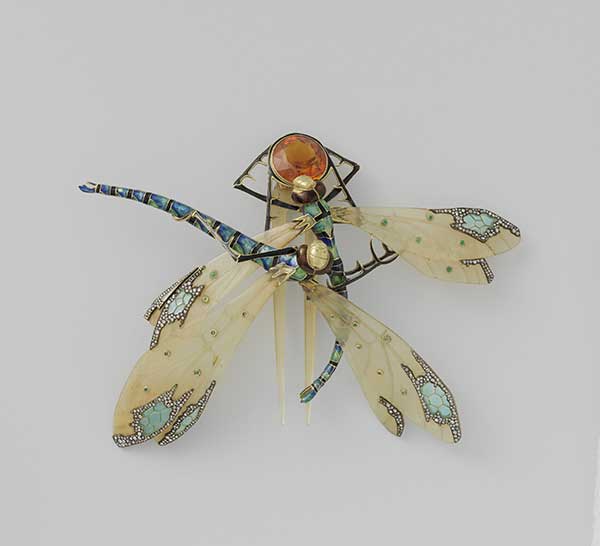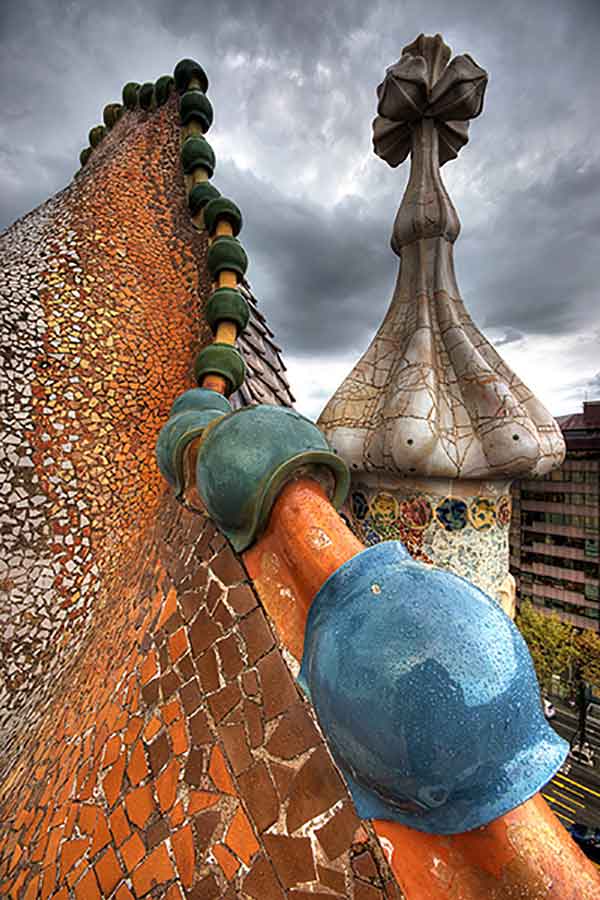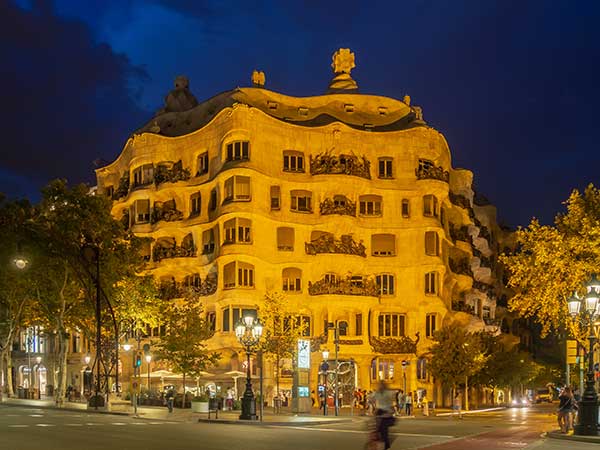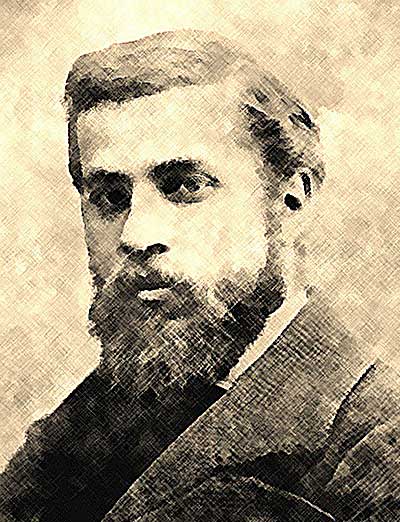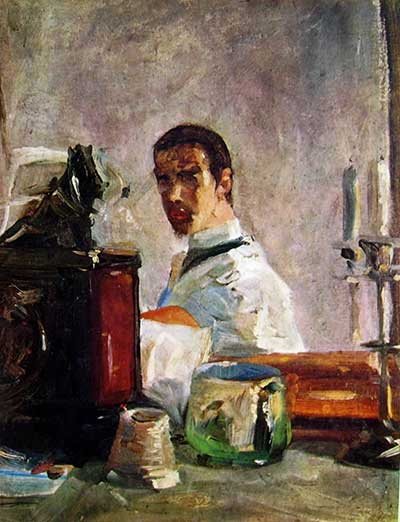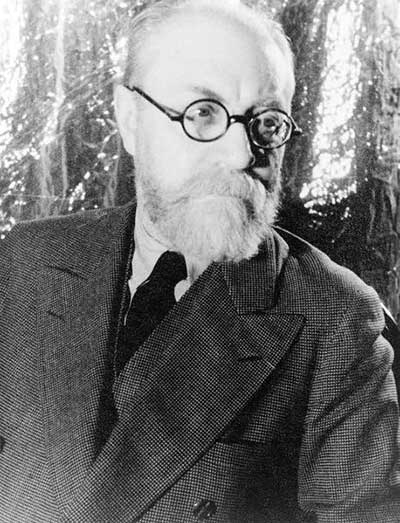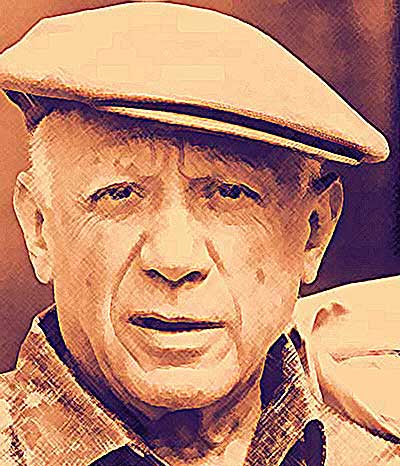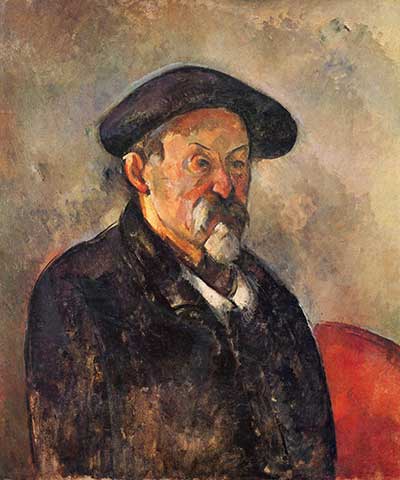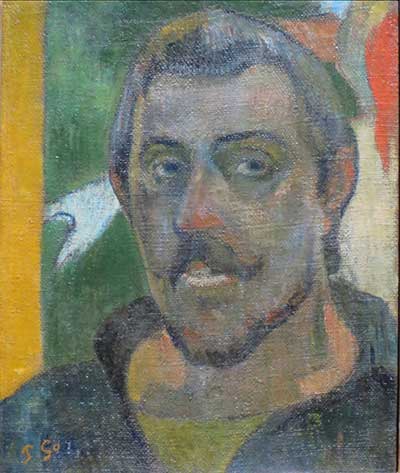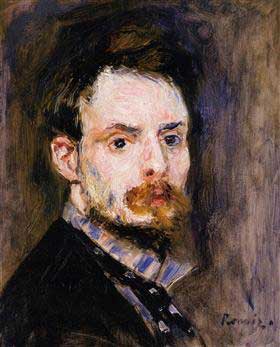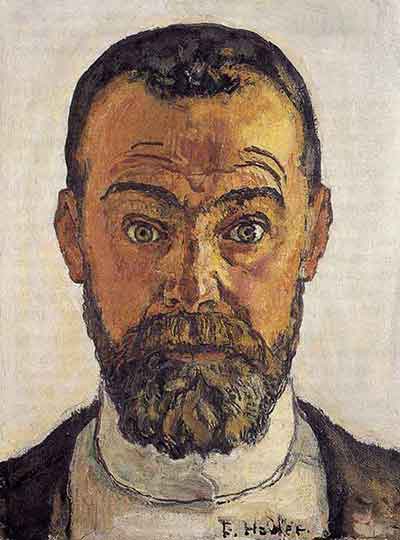Architectural metalwork designed in the Art Nouveau style displayed bizarre and dynamic forms inspired by the sinuous curves of the natural shape of flowers, stems and blossoms. These shapes with the same elegance and delicate details in nature weren’t geometrical, parallel or symmetrical. They were smooth and flowing and formed organically as the natural figures of trees and bushes, mountains and clouds.
An essential characteristic of Art Nouveau was using new materials like metal in architecture and Interior design. Also, metalwork was associated significantly in producing design products in decorative art fields and applied art.
At the time of Art Nouveau, the architects used widely wrought Iron in buildings for producing fences, decorative balconies, stair railings, gateways, and metallic elements in interior work.
Following the artistic style that took the name “New Art, ” the designers produced highly qualified metallic products in architecture and sculpture and fabricated interior objects such as lampshades, kitchen fixtures, and knob handles.
From the beginning of the 19th century, wrought Iron was replaced by cast iron because of the lower production costs. As iron had become more common, it was used widely for cooking utensils, stoves, grates, locks, hardware, and other household uses.
